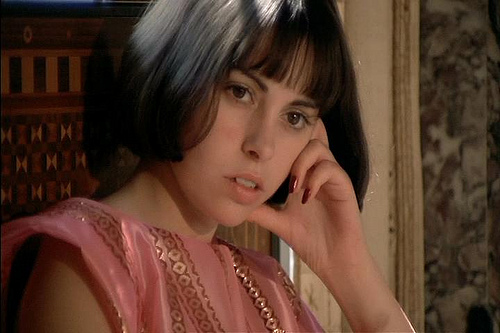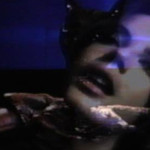EDITORIAL
While the Oxford definition of a character actor refers to one who “accentuates eccentricities and peculiarities”, usually a character actor is defined as an actor who repeatedly plays small or supporting roles that don’t differ much in essence from film to film. Film critic Manny Farber has commented that they are often “limited in range”, and while this may be the perception due to frequent typecasting, it’s not necessarily the case (Curtis Armstrong being a case cialis generic drug in point). But let’s face it, Steve Buscemi plays weaselly characters, whether we’re talking about Parting Glances, New York Stories, Reservoir Dogs or Ghost World. Michael Ironside is order levitra now always severe. Richard Edson is always shifty. Dee Wallace is drug generic propecia always the mom you wish you had.
So what qualifies a character actor, considering that some familiar faces from bit parts and supporting roles have transitioned to leads? Warren Oates, Harry Dean Stanton, Bruce Dern, Dennis Hopper and Crispin Glover have all played leads in important films – but those leads are usually based on the character types that the chosen actors have played in the past. Where a conventionally “good looking” actor is considered by Hollywood to be a blank slate that can be put into any role in any film, the character actor has a face with… well, character. They bring something to these roles that can’t be erased by the script, and is often an extension of themselves. So while the typical leads are transient and replaceable, the character actor lives on with ferocity.
In this issue, we have a little sidebar on character actors, with examples spaning several decades: See Paul Corupe’s overview of the work of ubiquitous character face Keenan Wynn HERE, my interview with cult actor Courtney Gains HERE and a multi-person interview about the strange career of Winnipeg character actor Robert Vilar HERE.
And although she wasn’t a character actress as much as a cult starlet, we wanted to take this opportunity to lament the recent passing of Lina Romay, best known as the longtime muse of Spanish auteur Jess Franco and the visual centerpiece of his films The Bare-Breasted Countess, Barbed Wire Dolls, Jack the Ripper, Macumba Sexuale, Greta the Mad Butcher (then-marketed as part of the Ilsa franchise) Lulu’s Buttonhole (a guilty pleasure) and nearly a hundred others, including Tender Flesh, which had its Canadian Premiere at Fantasia in 1997. I met Lina Romay in 2010 when she was making an appearance with Jess Franco, and was endeared by her apparent unfamiliarity with her own reknown (she was shocked when I asked for her autograph). Born Rosa María Almirall Martínez in June 1954, she was christened Lina Romay by Franco after the 1940s MGM musical actress and jazz singer of the same name. Lina came into his life at a pivotal time, helping him to recover from the tragic accidental death of his previous muse, Soledad Miranda of Vampyros Lesbos, whose spirit Lina claimed to have felt around her and within her. As Tim Lucas, editor of Video Watchdog and author of Obsession: The Films of Jess Franco stated in his own moving obituary for Lina (which you can read HERE): “Theirs was an ideal meeting of exhibitionist and voyeur, both giving generously to one another in one of cinema’s most provocative love stories.”
Lina passed away on February 15th 2012 at 57 years of age after a battle with cancer, truly a great loss to the genre film community, to fans of european art/trash cinema and to her partner in crime, Jess Franco.

 March 1, 2012
March 1, 2012  No Comments
No Comments









